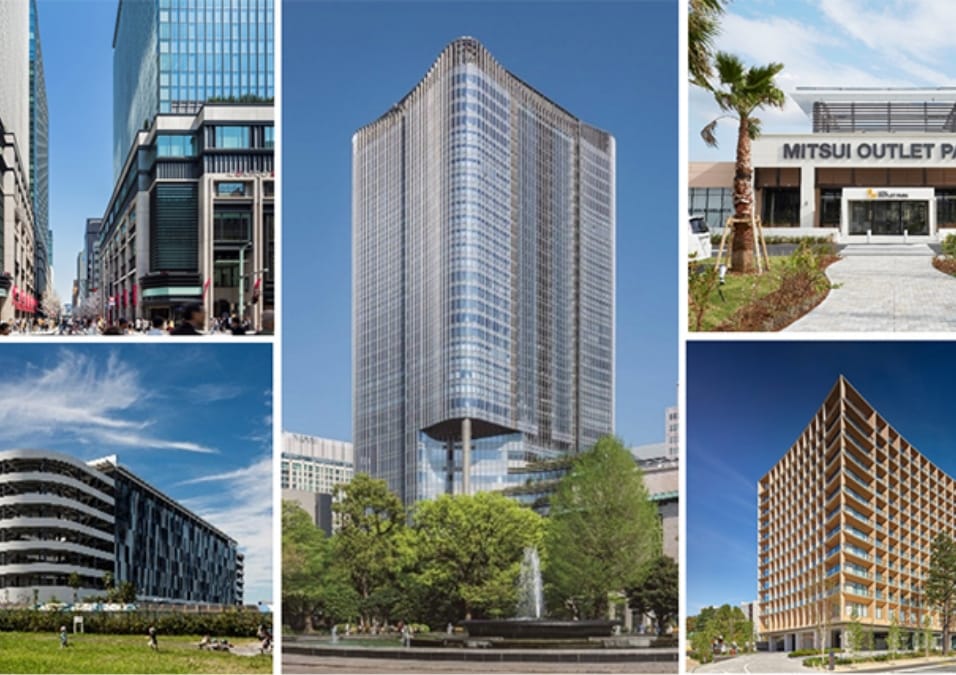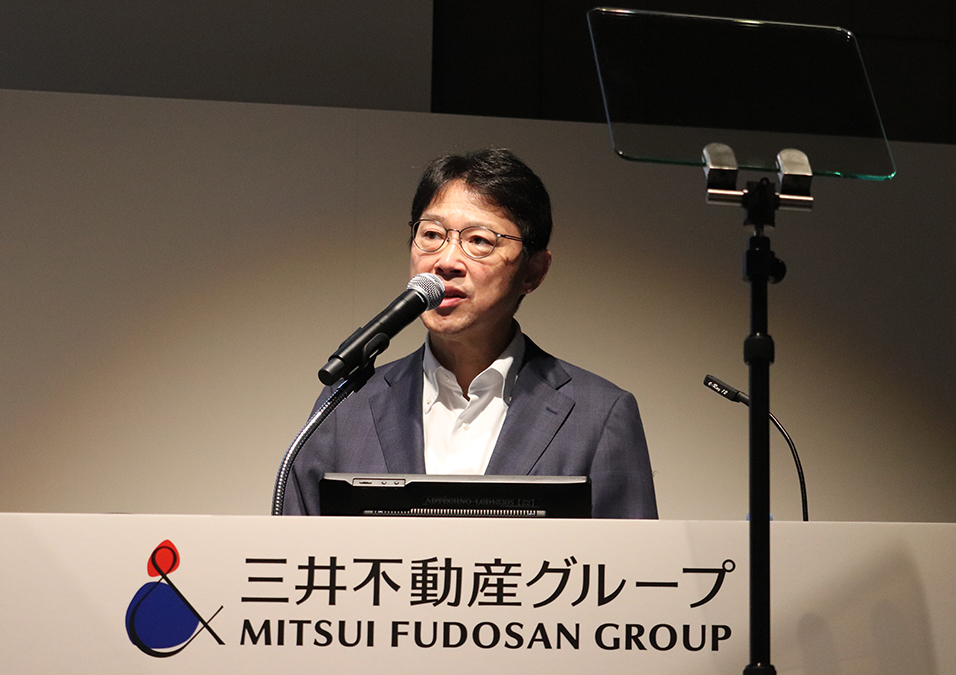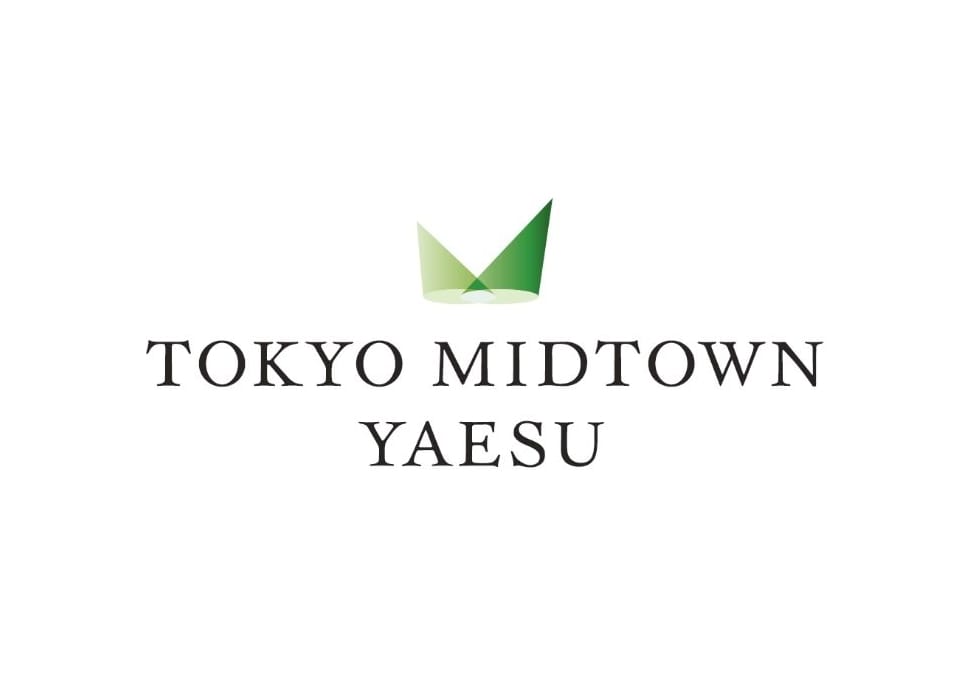Policy
As the international movement on environmental and social issues accelerates, further substantial efforts are required to achieve a decarbonized society. Sustainable finance to support the realization of such a society is becoming increasingly important. By proactively engaging in sustainable finance, we intend to raise more awareness of the Group's policy among a wide range of stakeholders and promote the diversification of financing and the realization of a decarbonized society.
Establishment of Framework
Sustainability Linked Finance Framework
Features of the Framework
We have formulated a Sustainability Linked Finance Framework that defines the sustainability-linked finance requirements, including SPTs and reporting.
We have established the Sustainability-Linked Bond framework in accordance with the Sustainability-Linked Bond Principles 2023 administered by the ICMA(International Capital Market Association), the Sustainability-Linked Bond Guideline 2022 established by Japan's Ministry of the Environment, the Sustainability Linked Loan Principles 2023 jointly administered by LMA (Loan Markets Association),APLMA (Asia Pacific Loan Market Association),LSTA(Loan Syndications &Trading Association),and the Green Loan and Sustainability-Linked Loan Guidelines 2022 developed by the Japanese Ministry of the Environment. We obtained a second-party opinion from Moody's Japan., a third-party institution.
Sustainability Linked Finance Framework
Second-party Opinion
Green Finance Framework
Features of the Framework
We have formulated the Green Finance Framework as we look to issue green bonds and execute green loan flexibly.
The framework has set both domestic and global environmental certifications as eligibility criteria, allowing for investment in both domestic and global projects.
We have established our Green Finance Framework in accordance with the Green Bond Principles 2021 administered by the ICMA (International Capital Market Association), Green Bond Guidelines 2022 established by Japan's Ministry of the Environment, four core components of the Green Loan Principles 2023 jointly administered by LMA (Loan Markets Association), APLMA (Asia Pacific Loan Market Association), LSTA(Loan Syndications &Trading Association), and the Green Loan and Sustainability Linked Loan Guidelines 2022 established by Japan's Ministry of the Environment. We obtained a second-party opinion from Moody's Japan., a third-party institution.
Green Finance Framework
Second-party opinion
Sustainability Linked Finance
We have set the following SPTs in the Sustainability Linked Finance Framework. These targets correspond to the GROUP MATERIALITY (priority issues) set forth in the long-term vision, "& INNOVATION 2030" formulated in April 2024 and the "Group Action Plan for a Decarbonized Society" formulated in November 2021.
Long-Term Vision "& INNOVATION 2030"
Group Action Plan to Realize a Decarbonized Society
*1 SPTs applicable to Sustainability Linked Loans only.
*2 Limited to rental properties, including office buildings, retail facilities, logistics facilities, as well as hotel and resort facilities.
Achivements
Sustainability Linked Loans
Green Finance
We proactively engage in green loan and green bond by utilizing green projects that meet the eligibility criteria set forth in the Green Finance Framework.
Allocation Report
Green Loan
Green Bond
Allocation Review
We obtained an Allocation Review, on our compliance with the eligibility criteria set forth in the framework for each use of funds and on the status of proceeds' appropriation.
FY2023
⇒ https://www.mitsuifudosan.co.jp/english/corporate/esg_csr/pdf/2023/greenbond2023_greenloans2023_annualreview2023_eng.pdf
FY2022
⇒ https://www.mitsuifudosan.co.jp/english/corporate/esg_csr/pdf/2022/greenbond2022_greenloans2022_annualreview2022_eng.pdf
FY2021
⇒ https://www.mitsuifudosan.co.jp/english/corporate/esg_csr/pdf/2022/greenbond2022_annualreview2022_50hudsonyards_eng.pdf
FY2019
⇒ https://www.mitsuifudosan.co.jp/english/corporate/esg_csr/pdf/2022/greenbond2019_annualreview2022_nihonbashi_eng.pdf
For more information on management assertion, please see the link below.
FY2023
(Nihonbashi Muromachi Mitsui Tower;Nihonbashi Mitsui Tower)
⇒ https://www.mitsuifudosan.co.jp/english/corporate/esg_csr/pdf/2023/assertion_on_allocation_of_proceeds_nihonbashi_eng.pdf
(Yaesu Central Tower, Tokyo Midtown Yaesu; Otemachi One Tower; Nihonbashi Muromachi Mitsui Tower)
⇒ https://www.mitsuifudosan.co.jp/english/corporate/esg_csr/pdf/2023/assertion_on_allocation_of_proceeds_yaesu_eng.pdf
FY2022 (Yaesu Central Tower, Tokyo Midtown Yaesu)
⇒ https://www.mitsuifudosan.co.jp/english/corporate/esg_csr/pdf/2022/assertion_on_allocation_of_proceeds_yaesu_eng.pdf
FY2021 (50 Hudson Yards)
⇒ https://www.mitsuifudosan.co.jp/english/corporate/esg_csr/pdf/2021/assertion_on_allocation_of_proceeds_eng.pdf
Impact Report
Introduction to Green Projects
For detailed information of each Green Projects, please refer to the link below.
Positive Impact Finance
Achievements
On December 21, 2022, we concluded an agreement with Sumitomo Mitsui Trust Bank, Limited, under which the bank provides us with positive impact finance (in the form of funding for companies that is not restricted to certain uses) to the amount of ¥19 billion. We are also working on positive impact finance with financial institutions other than Sumitomo Mitsui Trust Bank, utilizing the "Positive Impact Evaluation Framework".
Positive impact finance is a type of funding that aims to continuously support corporate activities that have an impact (positive or negative) on the environment, society, or the economy, as comprehensively analyzed and evaluated by the providing financial institution, in line with the Principles for Positive Impact Finance*1 published by the UN Environment Programme Finance Initiative (UNEP FI).*2 The biggest characteristics of this sort of finance is that the evaluation criterion that financial institutions use is the level of contribution that a company makes to the achievement of the UN's Sustainable Development Goals (SDGs) through its corporate activities and products or services, and that the financial institution monitors these based on disclosed information, and engages with the company to support its activities.
This evaluation receives third-party feedback from the Japan Credit Rating Agency, Ltd. on the conformance of evaluation procedures with the Principles for Positive Impact Finance and the conformance of evaluation indicators that are applied.
*1 Principles for Positive Impact Finance:
These principles were established by UNEP FI in January 2017 as a finance framework to help achieve the SDGs. Participating banks evaluate the positive impact that a company makes toward the achievement of the SDGs-as disclosed via KPIs-and provide them with funding. In this way, the framework encourages recipient companies to maximize their positive impact and minimize their negative.
The banks that carry out this funding, as responsible financial institutions, monitor indicators to verify that the recipients are continuing to make a positive impact.
*2 United Nations Environment Programme Finance Initiative:
The United Nations Environment Programme (UNEP) is a supplementary body to the UN, and was established in 1972 to implement the Declaration of the United Nations Conference on the Human Environment and the Action Plan for the Human Environment. UNEP FI is a broad, close-knit partnership between UNEP and more than 200 financial institutions from around the world that was set up in 1992. Since that time, UNEP FI has worked with financial institutions and policy and regulatory bodies, to promote a shift to a coordinated financial system that considers economic development and ESG (environmental, social, and corporate governance) themes.
Third-party conformance evaluations, etc.
Third-party feedback from Japan Credit Rating Agency, Ltd.
Note: https://www.jcr.co.jp/download/7dab648a6f7fdccc23eb667666313cd961ec616dc6c3179b9d/22d1153.pdf
News Release of Sustainable Finance
Sep 6th, 2023
Mitsui Fudosan Issues ¥100 billion Green Bond
Sustainable Financing Totals Over ¥700 billion
May 31st, 2023
Biggest Green Bond Issue in Industry History: ¥130 billion
Sustainable Financing Totals Approximately ¥600 billion
July 8th, 2022
Mitsui Fudosan Issues ¥80 Billion in Biggest Green Bond Deal in Japan's Real Estate Industry
The Net Proceeds will be Allocated to Invest in Tokyo Midtown Yaesu,
Promoting Sustainable Finance towards Decarbonized Society
January 14th, 2022
- The Promotion of Sustainable Finance -
Mitsui Fudosan establishes Green Bond Framework and
Sustainability-Linked Loan Framework
September 6th, 2019
- A Measure to Accelerate the Mitsui Fudosan Group's Promotion of ESG Management -
Conditions Determined for Mitsui Fudosan's Green Bond


































